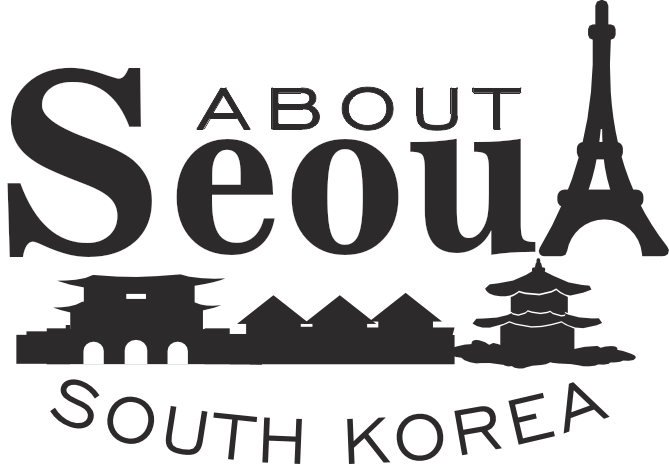Seoul, the dynamic capital of South Korea, is a city that seamlessly blends ancient traditions with modern marvels. Visitors can explore the grandeur of Gyeongbokgung Palace and the serene beauty of Changdeokgung Palace’s Secret Garden, both offering a glimpse into Korea’s royal past. The bustling streets of Myeong-dong and Insadong provide a vibrant shopping and cultural experience, while the futuristic Dongdaemun Design Plaza showcases cutting-edge architecture. For panoramic views of the city, N Seoul Tower on Namsan Mountain is a must-visit. The tranquil Cheonggyecheon Stream offers a peaceful retreat in the heart of the city, and Lotte World, with its indoor and outdoor amusement parks, promises fun for all ages. Whether you’re interested in history, shopping, or entertainment, Seoul has something to offer everyone. There are the list of some attractions you might be interested in.
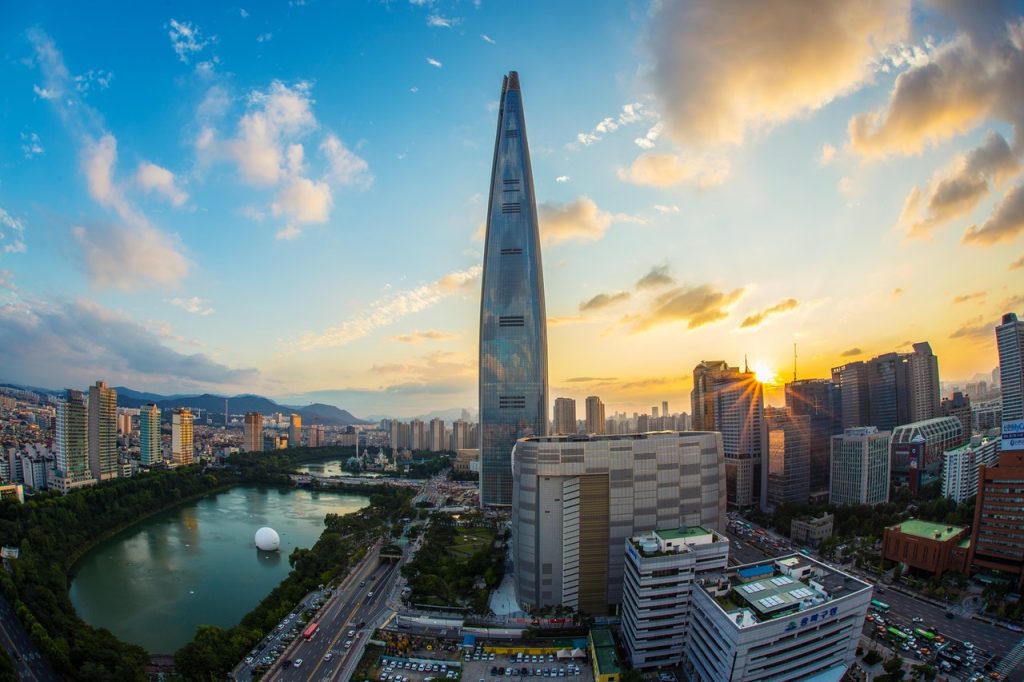
Seoul by Day: The city is bustling with energy, showcasing a blend of modern skyscrapers and historic landmarks. During the day, you can see iconic sites like Gyeongbokgung Palace, bustling shopping districts such as Myeongdong, and the scenic Han River.
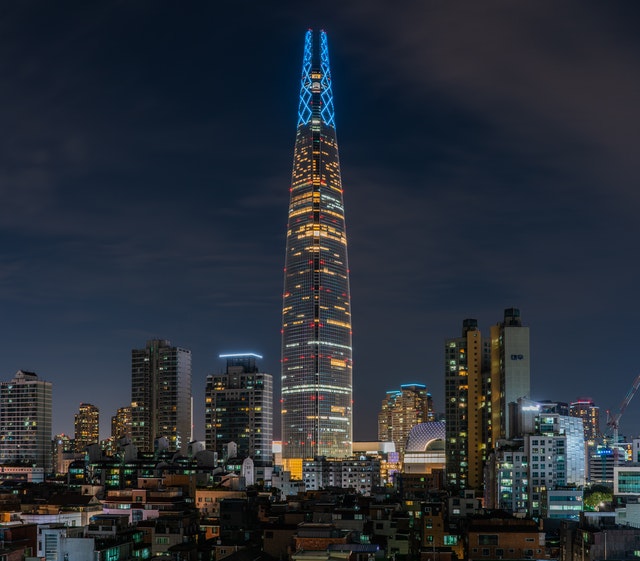
Seoul by Night: As the sun sets, Seoul transforms into a vibrant metropolis with glittering lights. The cityscape is adorned with illuminated towers, like Namsan Seoul Tower, and neon signs in areas like Dongdaemun and Hongdae. The night view offers a dazzling display of lights and activity, making it a perfect time to enjoy the city’s nightlife and dining scene.
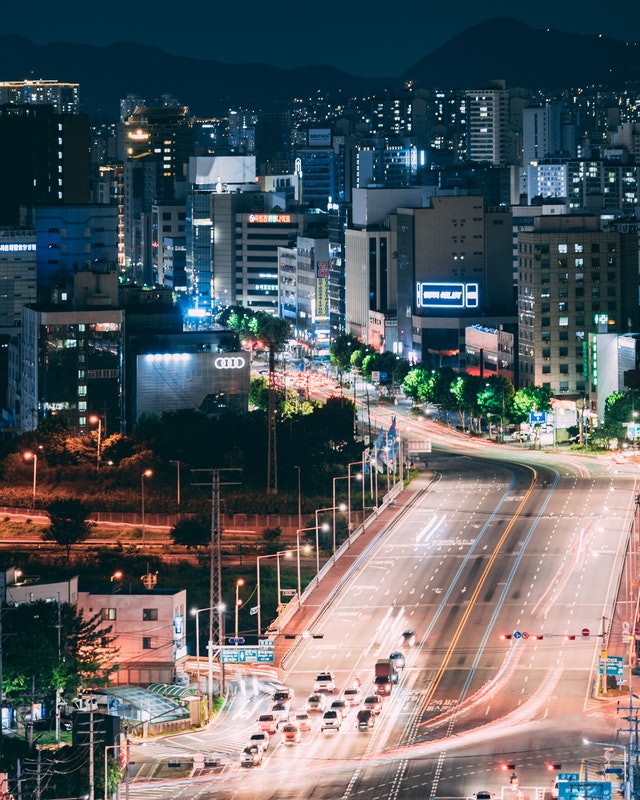
Seoul Skyline
The skyline of Seoul is a captivating blend of modernity and tradition. Dominated by towering skyscrapers like the Lotte World Tower and Namsan Seoul Tower, it reflects the city’s rapid development and architectural innovation. Amidst the high-rise buildings, you can also spot historical landmarks such as Gyeongbokgung Palace and traditional Hanok villages, offering a striking contrast. By night, the skyline transforms into a dazzling display of lights, showcasing Seoul’s vibrant and dynamic urban atmosphere.
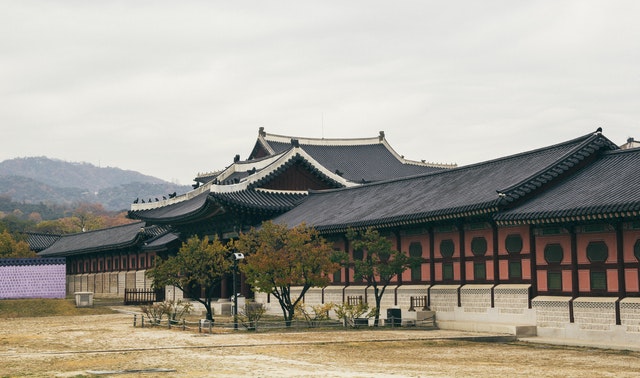
Gyeongbok Palace
Gyeongbok Palace is the most spectacular of five royal palaces located in Seoul. It was built in 1395 and was the main palace of the Kings of the Joseon dynasty. It is home to the National Palace Museum of Korea and the National Folk Museum.
Allow at least 2 hours for your visit
Admission: 3000 WON
Opening hours: 9:00 am to 6:00pm Address:
161 Sajik-ro,
Jongno-gu, Seoul, South Korea
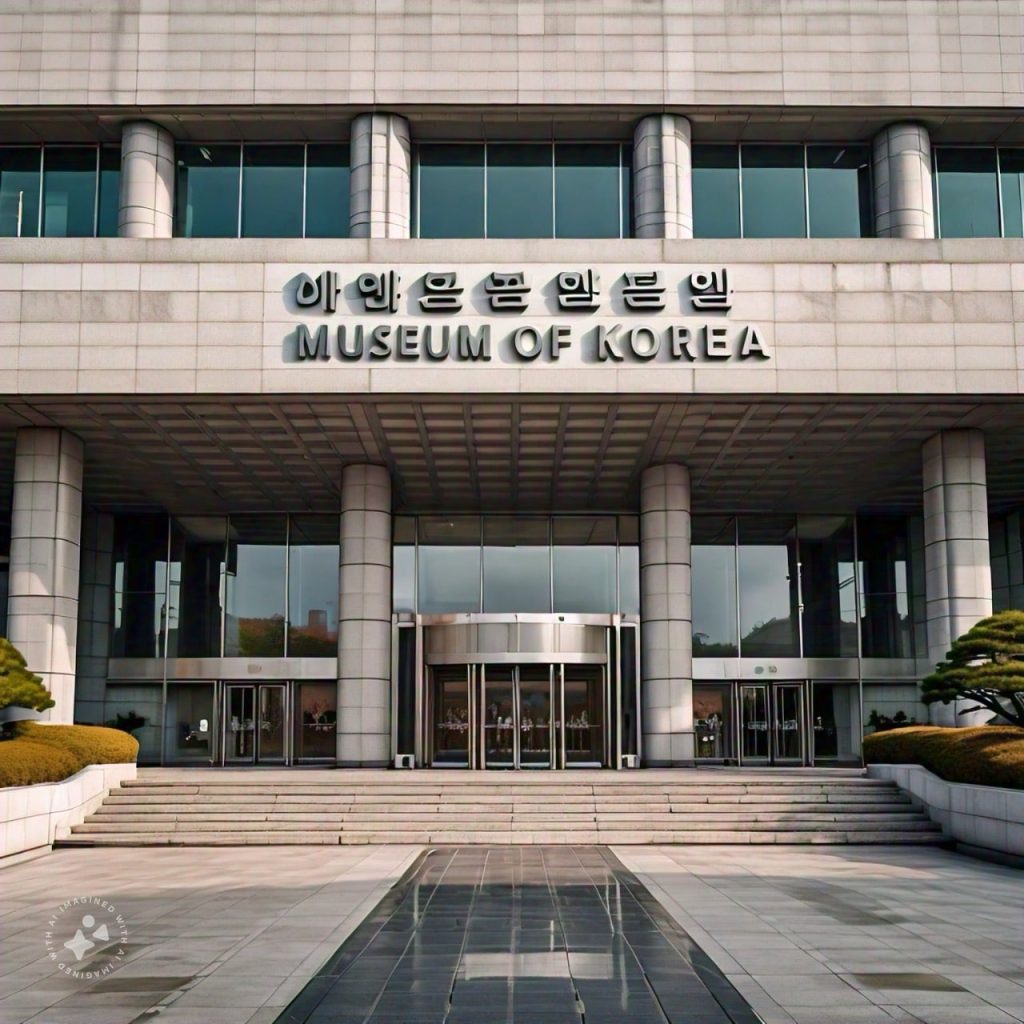
National Museum of Korea
This is main museum of Korean history and art in South Korea. Housed in a breathtaking modernist building, this museum is one of the most popular tourist attractions in Korea.
Allow at least 4 hours for your visit
Admission: 4000 WON
Opening hours: 9:00 am to 6:00 pm Address:
137 Seobinggo-ro,
Yongsan-gu, Seoul, South Korea
+82 2-2077-9000
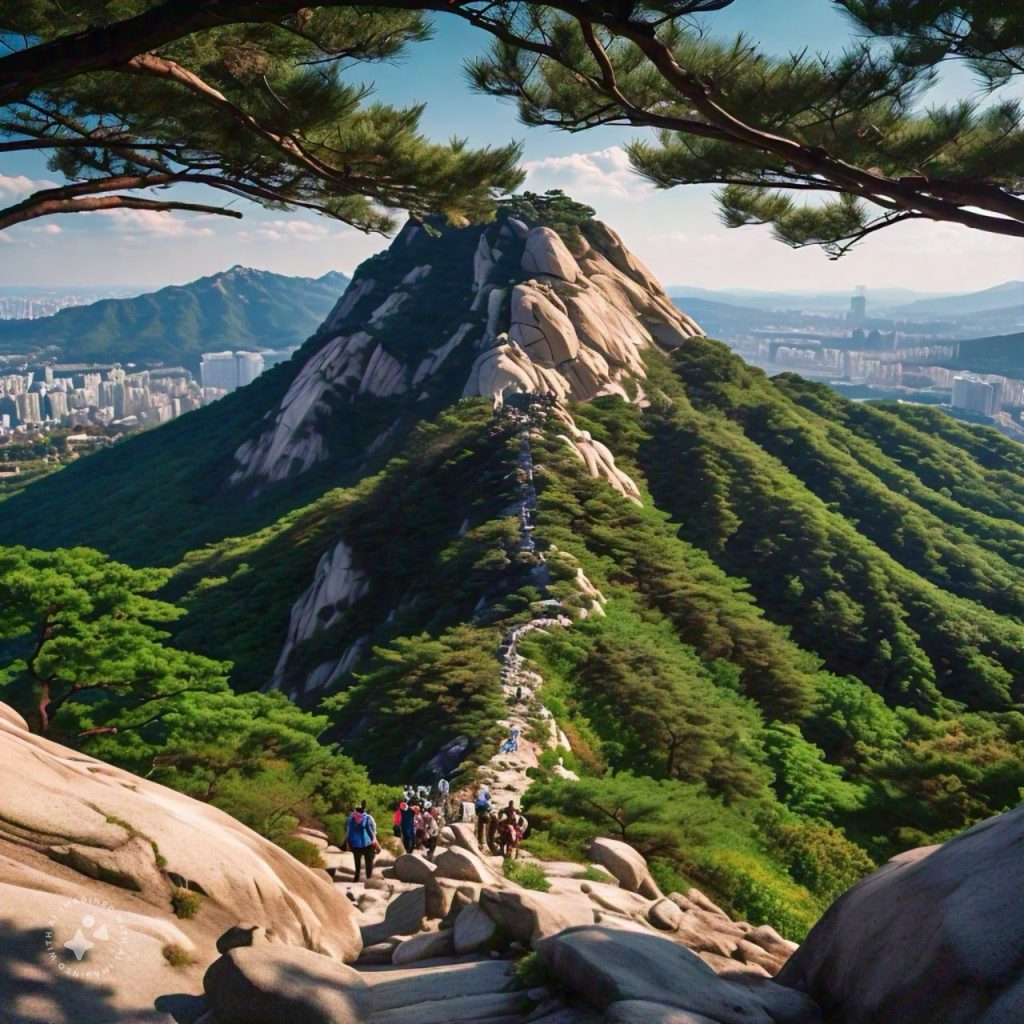
Bugaksan Mountain
Bugaksan is a spectacular mountain in Seoul. It is home to the Gyeongbokgung Palace and a recently restored city wall. View the palace and old city wall then walk along one or two of the easy hiking trails. In Spring, you can enjoy the beautiful cherry blossoms. This is an area of great natural beauty and a refreshing break from the hustle and bustle of Seoul.
Admission: free
Opening hours: 9:00 am to 3:00pm Apr-Oct, 10:00 am to 2:00 pm Nov-Mar
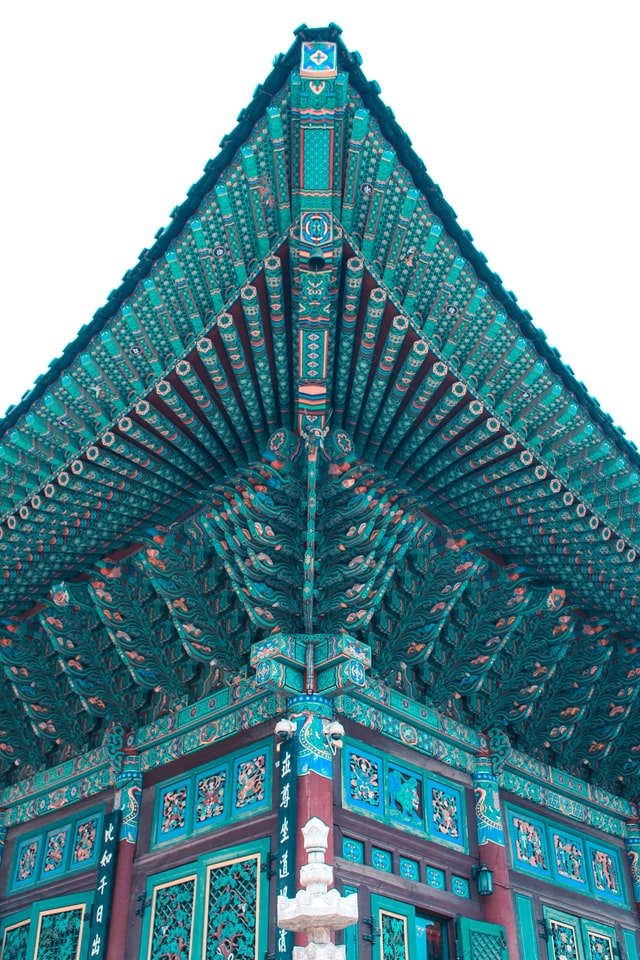
Temple in Seoul
One of the most famous Korean temples in Seoul is Jogyesa Temple. Located in the heart of Jongno, it is the head temple of the Jogye Order of Korean Buddhism1. The temple is known for its beautiful architecture, serene atmosphere, and cultural significance. It’s a popular spot for both locals and tourists, offering a peaceful retreat from the bustling city.
Another notable temple is Bongeunsa Temple, situated in the Gangnam District. Founded in 794, it was relocated to its current location near the COEX Mall2. The temple is famous for its 75-foot-tall statue of Buddha and offers temple stay programs, meditation sessions, and yoga classes
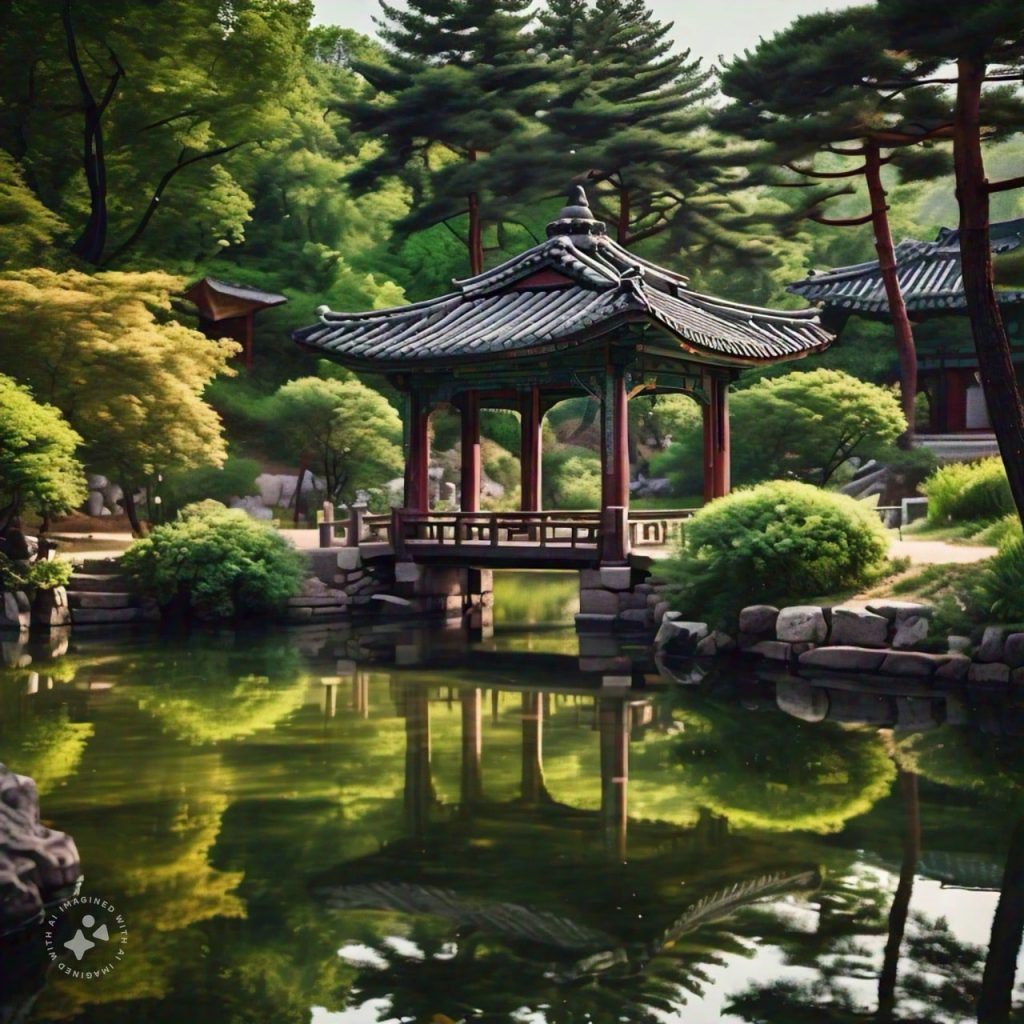

Changdeokgung Palace’s Secret Garden
also known as Huwon, is a stunning example of traditional Korean landscaping and architecture. Originally reserved for the Joseon royal family, this expansive garden covers approximately 446,943 square meters and features a harmonious blend of natural beauty and man-made structures. The garden includes several ponds, such as Buyongji, Aeryeonji, Jangbangji, and Banwolji, each surrounded by picturesque pavilions like Buyongjeong Pavilion and Juhamnu Pavilion. The Secret Garden is designed to blend seamlessly with the natural topography, creating a serene and tranquil environment that served as a retreat for the royals
Visitors can explore the garden through guided tours, which are available in multiple languages and provide insights into the historical and cultural significance of the site. The garden’s beauty is captivating in every season, making it a must-visit destination for anyone interested in Korean history and culture.
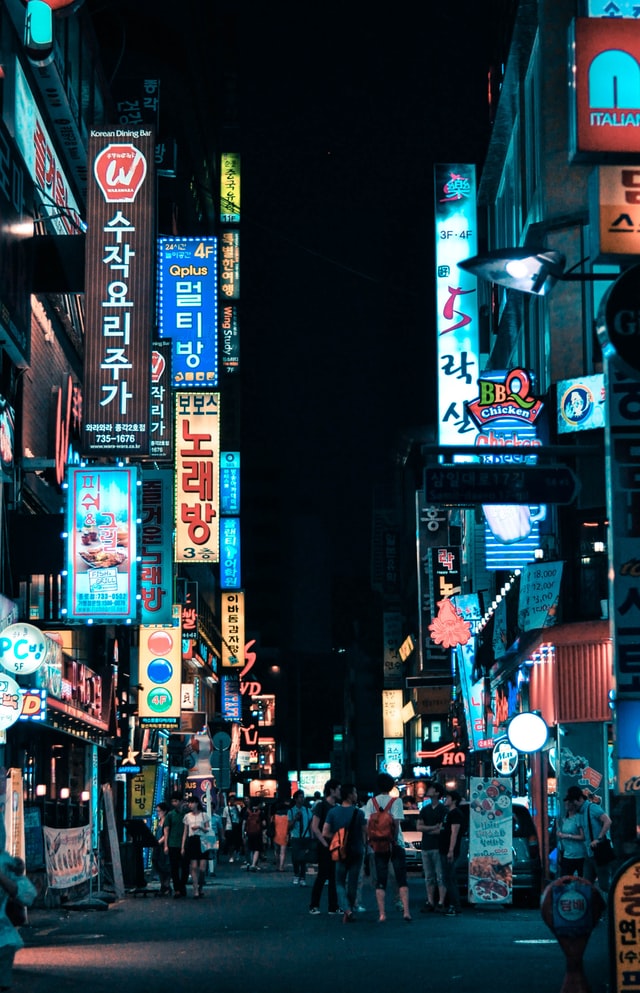
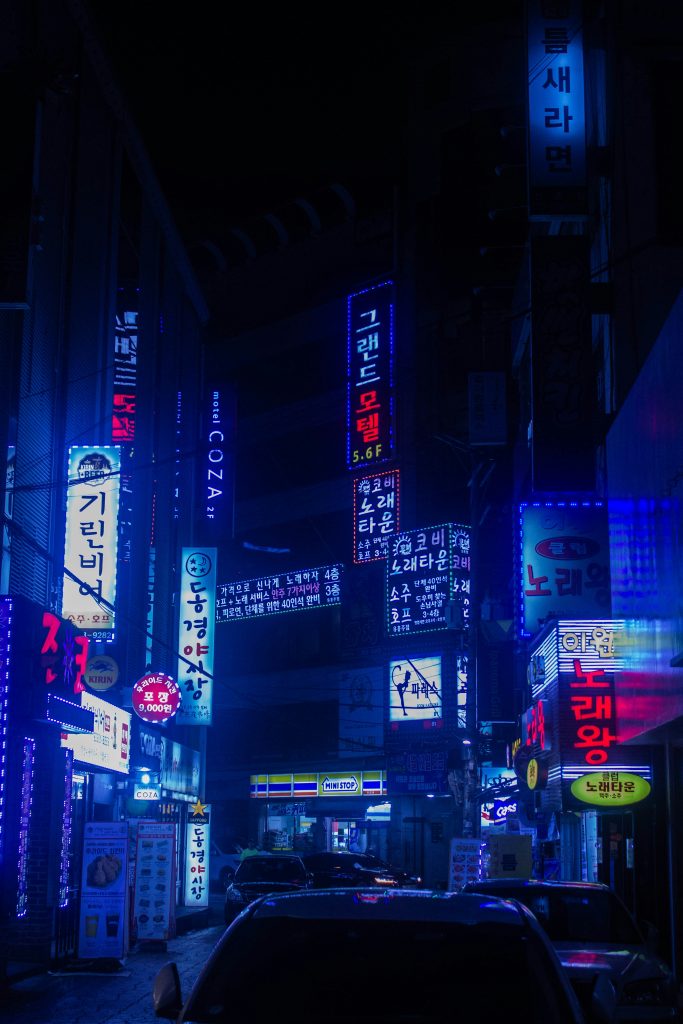
Myeong-dong
Myeong-dong is one of Seoul’s most vibrant and bustling districts, renowned for its extensive shopping options, delicious street food, and lively atmosphere. This area is a paradise for fashion and beauty enthusiasts, with countless stores offering the latest trends in clothing, accessories, and cosmetics. The streets are lined with vendors selling a variety of mouth-watering snacks, making it a haven for food lovers. In addition to shopping and dining, Myeong-dong is home to cultural attractions like the Myeong-dong Cathedral and entertainment venues such as theaters and performance spaces. Whether you’re looking to shop, eat, or simply soak in the energetic vibe, Myeong-dong has something for everyone.
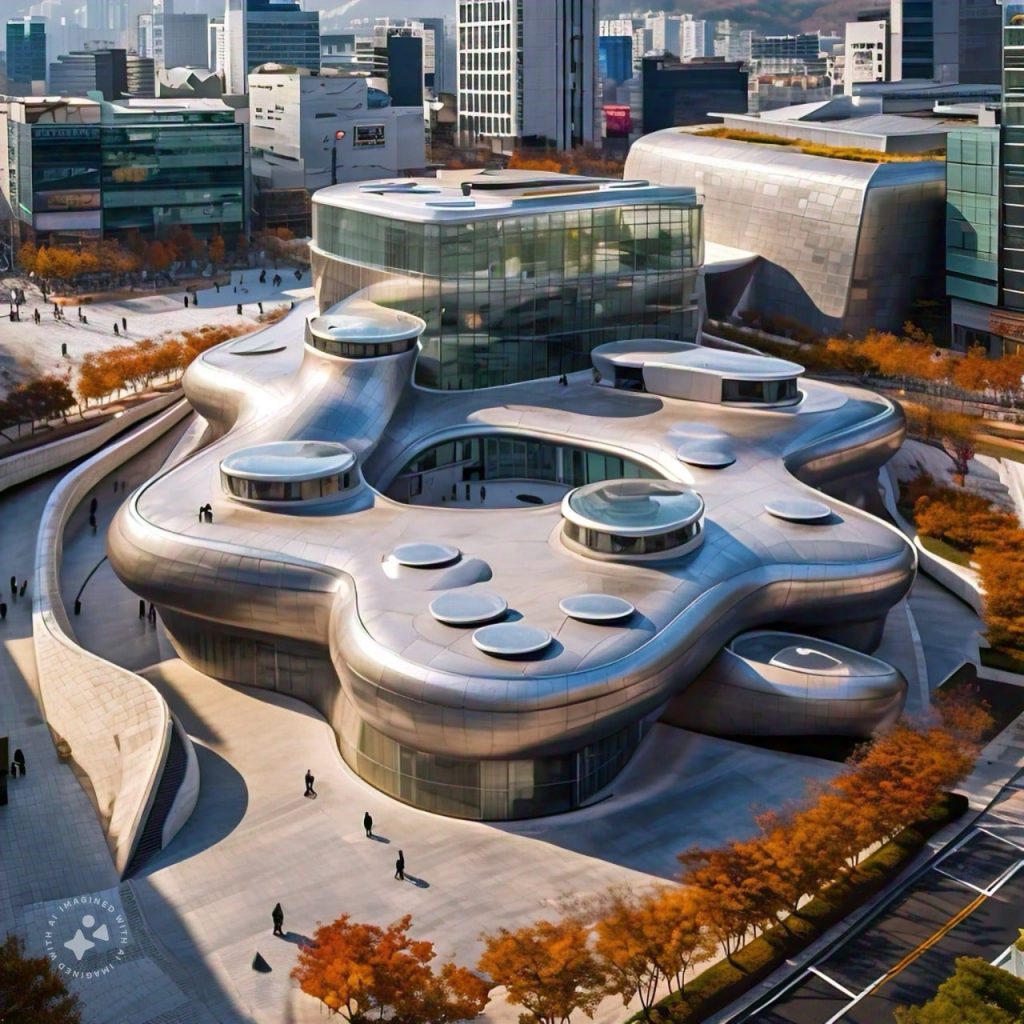
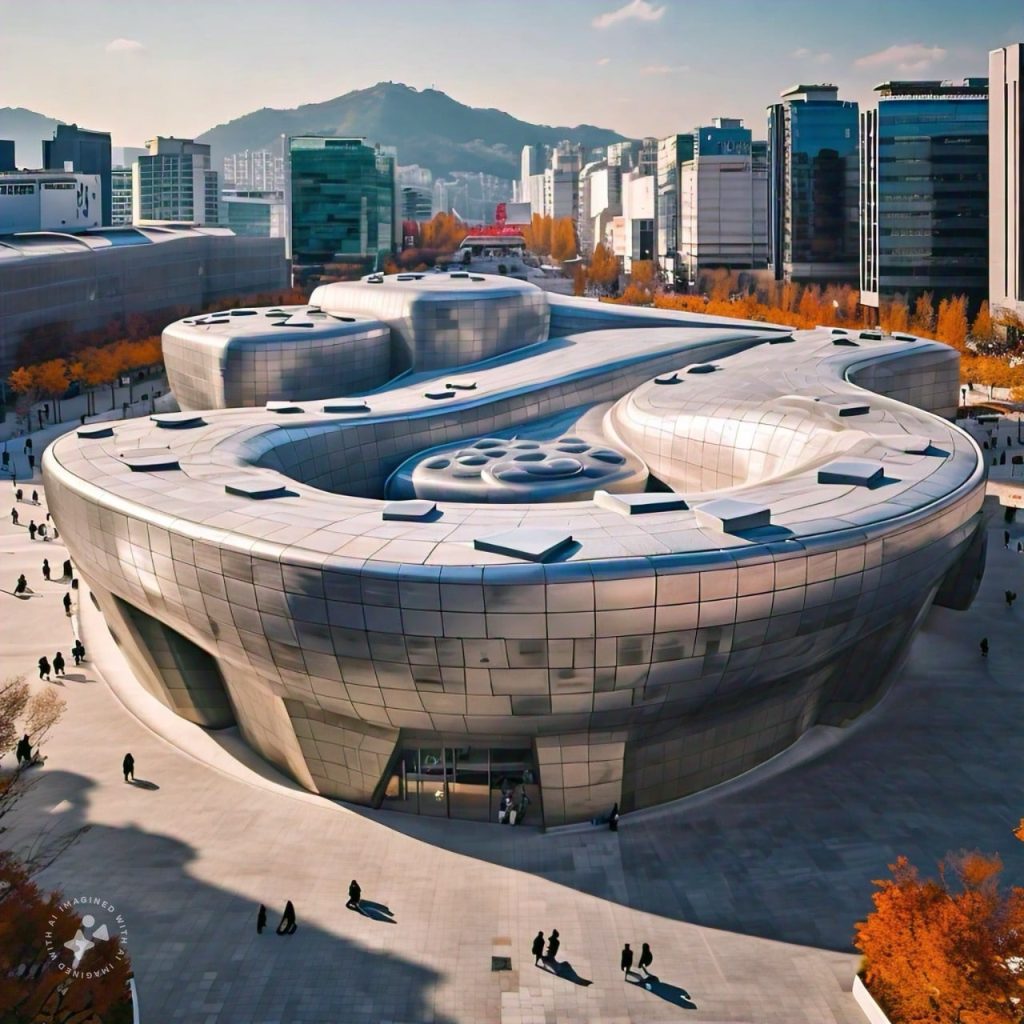
Dongdaemun Design Plaza
Dongdaemun Design Plaza (DDP) is a major urban development landmark in Seoul, South Korea, designed by the renowned architect Zaha Hadid. Known for its futuristic and fluid architecture, DDP serves as a cultural hub and a popular tourist attraction. It hosts a variety of events, including fashion shows, exhibitions, and design fairs, making it a vibrant center for creativity and innovation. The complex also features a park, a museum, and numerous retail spaces, offering a diverse range of activities and experiences for visitors. DDP’s unique design and multifunctional spaces make it a must-visit destination for anyone interested in architecture, design, and contemporary culture.
